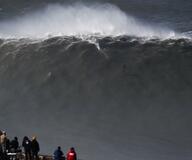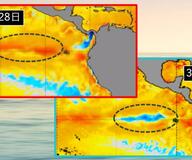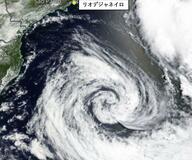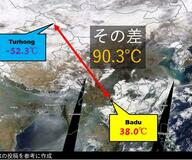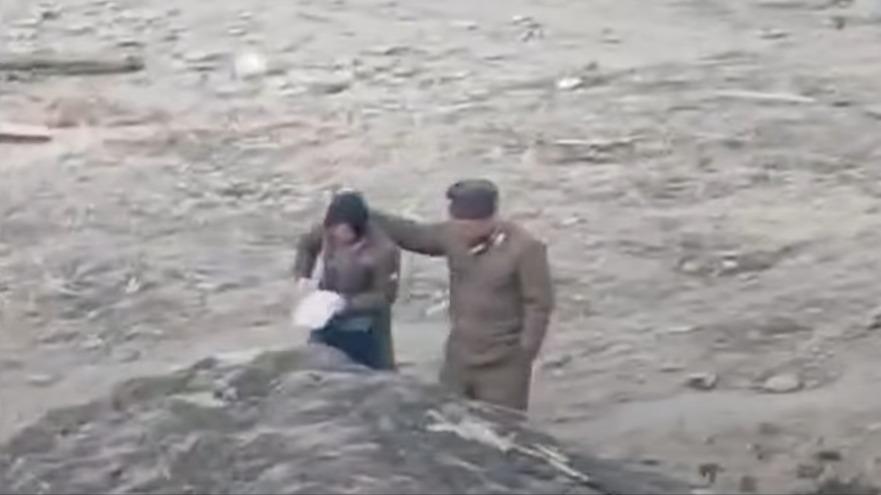What We Know About the Japan Earthquake

The Noto Peninsula, protruding into the Sea of Japan, is known for its beautiful landscape and is famous for traditional crafts such as Wajima Lacquer, in addition to fishing and agriculture.
However, this picturesque location took a turn for the worse, as on the day people were celebrating the beginning of the new year, a magnitude 7.6 (preliminary) earthquake struck, causing devastating damage. This is one of the largest earthquakes ever recorded in the observed history of the Japan Sea region.
There are still people trapped under collapsed houses, and those who survived are enduring the shivering cold weather. The night immediately after the earthquake saw temperatures drop below freezing, and the following day brought rain. Amid ongoing aftershocks, temperatures are expected to drop, and heavy snow is also anticipated this weekend.
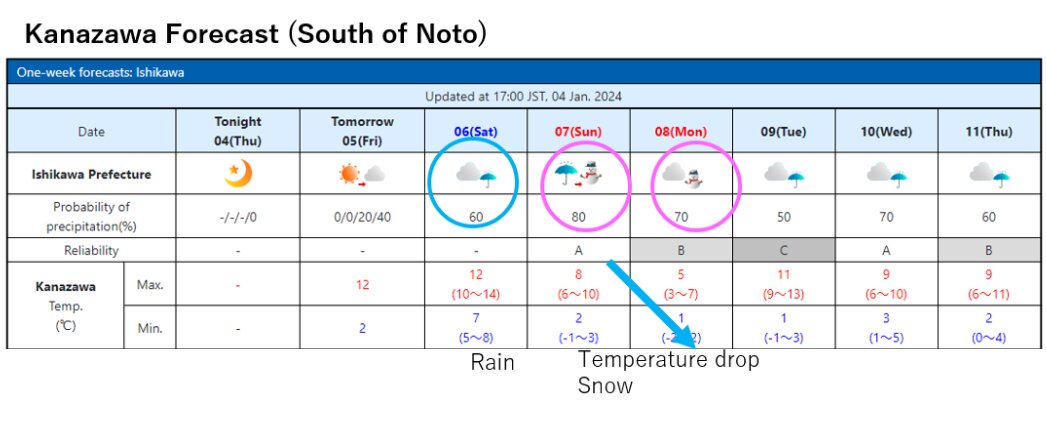
My friend experienced the earthquake while returning home in Noto to meet her parents and is now surviving huddled in a car with a small child.
To make people aware of the severity and extent of this earthquake, this summarizes the news that has been reported domestically so far.
[DAMAGE]
・84 reported deaths (as of January 4)
・In the heavily affected city of Suzu, about 90% of homes have either completely collapsed or suffered near-total destruction.
The low earthquake resistance for structures and high aging rate might have contributed to the catastrophic damage. In Suzu City, only half of the buildings met the national seismic standards (in 2018). Furthermore, the percentage of residents aged 65 and over was the highest in Ishikawa Prefecture at 51.7% (in 2020), according to the city.
・A tsunami struck the coasts, leading to flooding across more than 100 hectares of coastline, with a ship running aground on the seawall.
(Note: Wajima reported a 1.2-meter tsunami, but data from the observation gauge has not been received, indicating the potential for a higher tsunami.)
・Large-scale fires destroyed over 200 buildings around the well-known "Morning Market Street" tourist area in Wajima.
・At the Shika Nuclear Power Plant, there were issues with the external power system. Additionally, the water level in the intake tank temporarily rose, but so far, there seems to be no impact on the power plant.
[MECHANISM of the EARTHQUAKES]
・The Noto Peninsula has multiple underwater active faults nearby known to cause major earthquakes.
Additionally, experts suggest that underground fluid might have contributed to the earthquakes in the region. Professor Junichi Nakajima of the Tokyo Institute of Technology suggests that rising groundwater entering the faults may make them more slippery.
・According to the Geospatial Information Authority of Japan, there was an observed uplift of approximately 4 meters and a westward shift of over 1 meter.
・According to the Japan Meteorological Agency, within 18 hours after the main shock, there were 219 aftershocks with a magnitude of 3.5 or higher, which is 3 to 4 times the number observed after the 1995 Great Hanshin Earthquake (M7.3) and the 2016 Kumamoto Earthquake (M7.3). This is making rescue efforts challenging.
[RELATED INCIDENTS]
・On January 2, a major accident occurred at Haneda Airport when a JAL aircraft collided with a Japan Coast Guard aircraft, resulting in the deaths of five Coast Guard personnel. The Japan Coast Guard aircraft was scheduled to head to a disaster hit area for the transport of supplies.
72 hours have passed since the massive earthquake, during which survival rates are thought to significantly decrease. With dozens of people still under the rubble, rescue efforts persist in the affected areas while battling against time.


